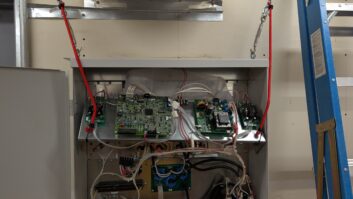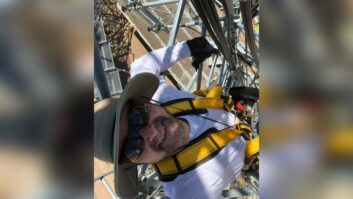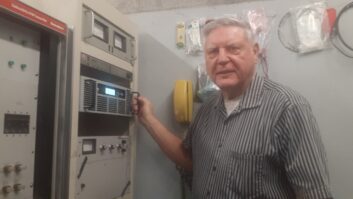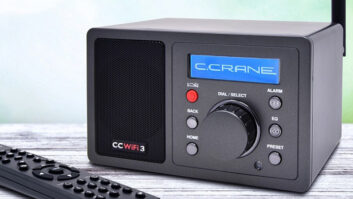The following is from the Alabama Broadcasters Association’s weekly e-newsletter, Monday Morning Coffee and Technical Notes. Thanks to ABA’s Larry Wilkins. To subscribe to the newsletter, email[email protected].
ETRS FORM ONE
As reminder all broadcast, and cable operations are required to file form one of the EAS Test Reporting System on or before Aug. 27.
The form is the same as last year and will self-populate a good portion of the information. Filers can access ETRS by visiting the ETRS page of the commission’s website.
Use the same login information as you did last year. Form two will be filed on the day of test (Sept. 20). Form three will have to be filed no later than Nov. 5.
All EAS participants — including Low Power FM stations, Class D non-commercial educational FM stations, and EAS participants that are silent pursuant to a grant of Special Temporary Authority — are required to file.
C-BAND SATELLITE DOWNLINK REGISTRATION
As most engineers are aware, the FCC is moving to open the 3.7-4.2 GHz band for shared use with wireless operators. The Commission has opened a window for C Band operators with existing downlinks to register their antennas to reduce the likelihood of harmful interference being created in the band.
One of the hold backs for stations has been the $435 registration fee. Now satellite service provider SES has indicated it will reimburse broadcasters for the cost of the registration. The company has also created a guide for filing out the required document which available at their web site.
You may contact SES directly for further information at (609) 987-4300.
NEW ACRONYM
It been said that we live in a type of “alphabet soup” society. Hardly a day goes by that three or four new acronyms don’t float up to the top of our soup. I came across a new one while reading about the expanding broadband arena.
It is “MVNO,” which stands for “mobile virtual network operator.” An MVNO is a cell phone carrier or cable company that typically does not have its own network infrastructure and licensed radio spectrum. Instead, an MVNO has a business relationship with a mobile network operator.
We all know that there are the big four carriers: Verizon, Sprint, AT&T and T-Mobile. And then there are the smaller cell phone carriers: far too many to list right here. The difference? The big ones own their own towers and the smaller ones buy service from these big guys in bulk, re-selling to us at a much cheaper price.
Now cable companies are creating MVNO services. Charter has expanded into the smartphone business with an operation that piggybacks on Verizon’s LTE network. They have been testing fixed wireless services using 28 GHz and 3.5 GHz spectrum which among other thing would allow multiple simultaneous 4K-quality video streaming.







